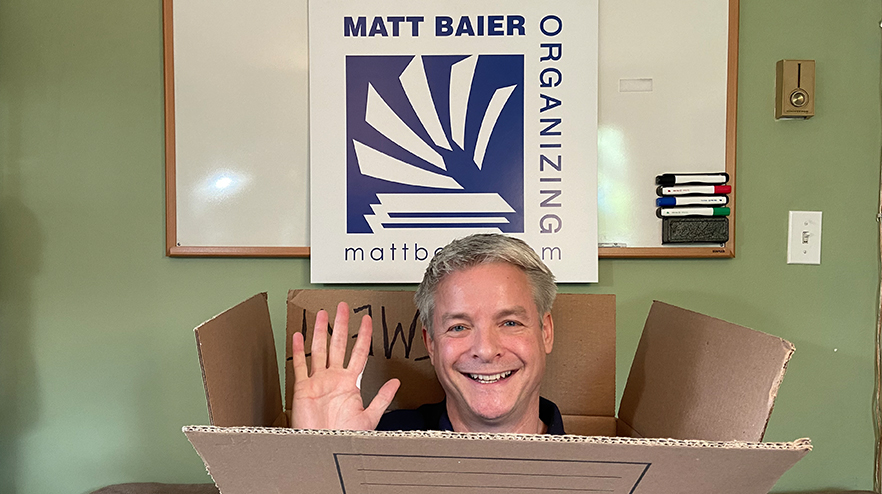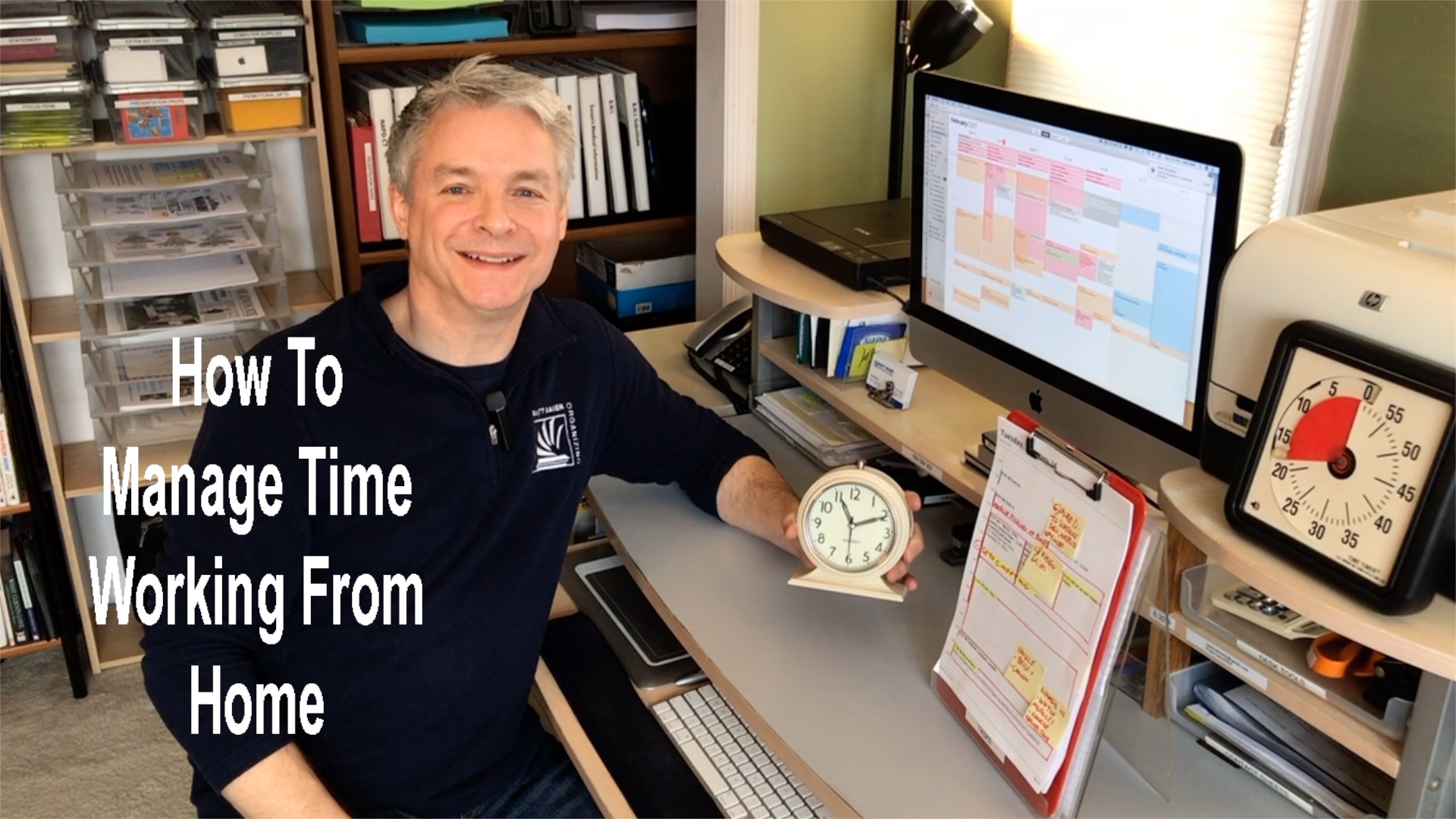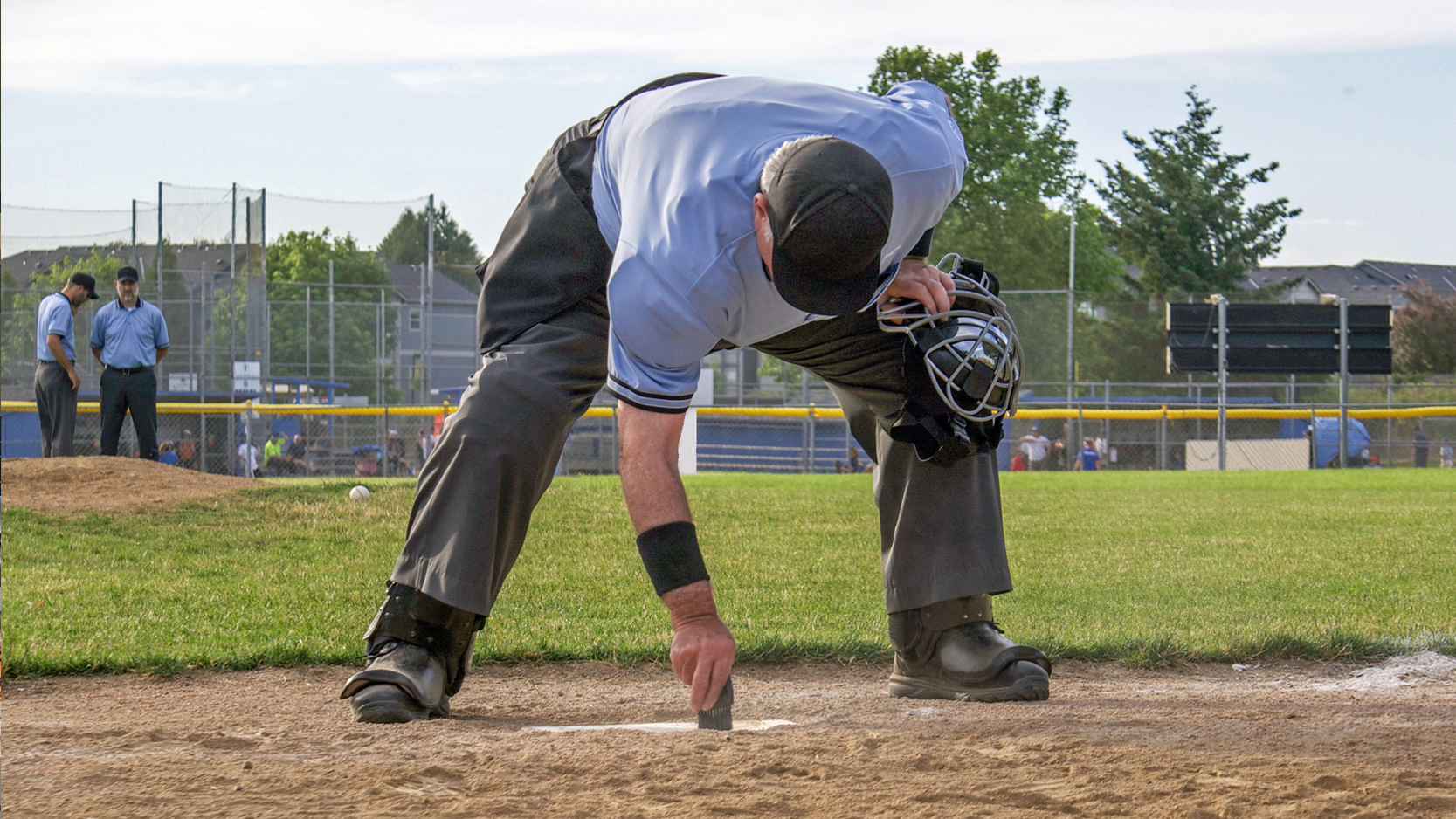What My Headlines Look Like
A while back I described how to organize your to-do’s by comparing them to newspaper headlines. Today I want to share an actual model of what that might look like.
To summarize, the front page of a newspaper is made up of a series of short compelling headlines. Each headline may have a short blurb, but it always has a connecter to the full story inside. Much of the time, what piles up on our desks are full stories. What we need then is just a short action description (or headline) and a connector to the larger project.
There is no one right way to do this, but since a physical model might help, here is what my headlines system looks like.
Rather than having several different directions to focus on, I have just one. To the right of my desk I keep an upright clipboard with today’s schedule printed out. The part that is printed is what I refer to as FIXED time. They are mostly external commitments I have made to other people.
The problem with most time management systems is that they don’t take into account the FLEXIBLE time, internal commitments you make to yourself that are constantly changing. That’s what the little Post-It notes are for and THEY are the headlines.
One of the reasons traditional newspapers are dwindling is that the latest breaking news usually changes by the time they go to print. Newspapers just can’t compete with the flexibility of the online news services. The little Post-its allow you to adjust your priorities as fast as they change AND you don’t have to keep rewriting them as you would on a fixed to-do list.
The real story here is the size of the Post-It’s. It doesn’t take much to compel you to action. In fact, the smaller something seems, the more manageable something is.
As the old saying goes, how do you eat an elephant? One bite at a time. It’s helpful to make a distinction between projects and tasks. A project is an elephant and a task is a bite. Each Post-It represents a task. To continue with the newspaper analogy, it makes no more sense to write a task that says “create website” than it does to write a headline that says “China.” “Create website” is a project, not a task and “China” is a country, not a headline.
Part of what makes this system work is being able to find files RELIABLY. If there’s not a reliable connection between the headline and the full story, then the system falls apart. This connection is represented by a very simple letter on the Post-It’s lower right (the same spot as a page connector in a newspaper.) The “F” is for file cabinet, the “T” is for tickler file, the “C” is for car (a handy place to find coupons), and “R” is for what I call running files.
Running files are files you want to make a point of acting on. These are ongoing projects that need to be in front of you. You can see these running files right behind the headlines page in the clear, labeled envelopes. There is still a limited number of tasks and ideas contained within each project envelope. If I need bulkier elements I will find them reliably in the file cabinet or reference shelf.
To make my day’s headlines portable, I simply slip them into a clear folder, pictured to the right. I call this my Today folder. It has pockets inside for receipts and other items I pick up outside the office, but I have one very simple rule: what goes in the Today folder comes out Today. This way it always stays small and manageable. My Today folder lives behind the clipboard.
To stay on top of weeks and months I review my projects and calendar every Sunday and print out a week’s worth of day sheets. I pull tasks from the project envelopes, add new ones, and distribute them throughout my day sheets, around the fixed events.
You give yourself the best odds of getting your to-do’s to done when they are vertical, visible, and minimal. Minimal is particularly important and the headlines approach keeps your action minimal. Consider the opposite. If the front page of a newspaper contained all the stories, the type would have to be tiny and the paper enormous. The ability to focus on such a thing would be all but impossible. If you feel the same way about the piles on your desk, you might want to give the headlines approach a try.
Please Share With Your Community













